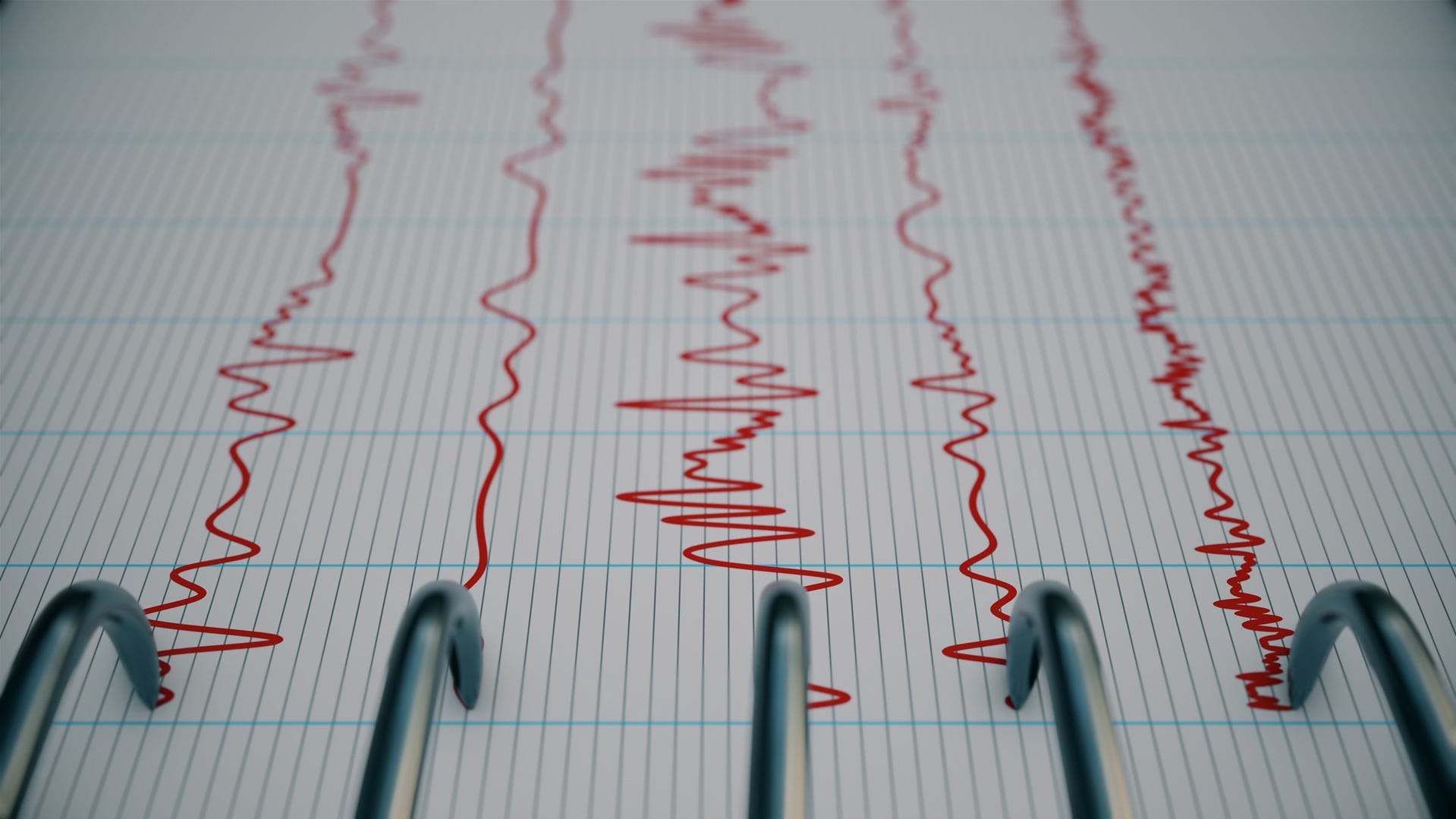The major quake registered a preliminary magnitude of 7.1, according to the U.S. Geological Survey, and was recorded at a depth of about 15 miles, 12 miles southeast of Miyazaki.

Strong earthquake hits Japanese island
A 7.1-magnitude earthquake struck Japan’s southwestern island of Kyushu, officials said.
A strong earthquake struck southwestern Japan on Thursday, prompting tsunami warnings, the U.S. Geological Survey said.
The U.S. Geological Survey said the observed quake registered a magnitude of 7.1 and occurred about 12 miles southeast of Miyazaki, a city on the island of Kyushu.
The earthquake struck at 4:43 p.m. local time (12:43 a.m. EST).
It was not immediately known if anyone was injured or if there were any reports of damage on the island, but the public broadcaster NKS said Waves up to 50 cm (more than 1.6 feet) high have already been observed.
The agency said the Japan Meteorological Agency issued a warning of a major earthquake on Thursday, in accordance with local protocol.
The possibility that the quake is a precursor to a larger quake is always a concern, but the likelihood of that happening decreases with each passing hour, said Uli Cavin, a research geologist with the USGS.
“The rule of thumb is that there is a 5% chance of an event larger than the main shock occurring, and that probability will decrease over time,” he added.
earthquake: 4.5 magnitude earthquake hits Utah, no immediate reports of damage or injuries
Japanese government investigates damage and casualties
Reuters reported that there were no reports of any malfunction at the island’s nuclear power plants, and Chief Cabinet Secretary Yoshimasa Hayashi told reporters that officials were “checking the damage and injuries.”
According to its latest census, Myzac Its population was estimated at about 400,000.
Data provided by the US Geological Survey showed that the earthquake was recorded at a depth of more than 15 miles in the ocean.
Could this earthquake be related to the one in Los Angeles on Tuesday?
The U.S. Geological Survey said the Japanese quake is unlikely to be linked to the 5.2-magnitude quake that struck northwest of Los Angeles on Tuesday night, but it’s not impossible. That quake has generated more than 270 aftershocks so far, though all of them have been smaller.
Earthquakes that occur at great distances can be linked together by seismic waves that pass through the Earth’s crust, said Tom Parsons, a research geologist with the U.S. Geological Survey.
“We see this all over the world. It could increase the water pressure inside the fault, or the shaking could cause another fault to slip,” he said.
Such events, called “dynamic triggering,” tend to occur within a day or two after the initial quake. But even when they do occur, they tend to be very minor, no larger than magnitude 1 or 2, Parsons said.
“The chances of a Los Angeles earthquake affecting Japan are very small,” he said. “It’s usually the larger earthquakes that can cause longer waves to travel through the Earth’s crust.”
Given the large number of earthquakes that occur every day around the world – more than 1300 cases can be detected daily – He said the number of dynamic earthquakes is very small.
Natalie Nessa Alund is a senior reporter for USA TODAY. You can reach her at [email protected] and follow her on Twitter @nataliealund.

Are earthquakes happening more often? What should you know about earthquake frequency?
Are earthquakes happening more frequently and more intensely? Here’s what we know now.

“Lifelong food lover. Avid beeraholic. Zombie fanatic. Passionate travel practitioner.”
